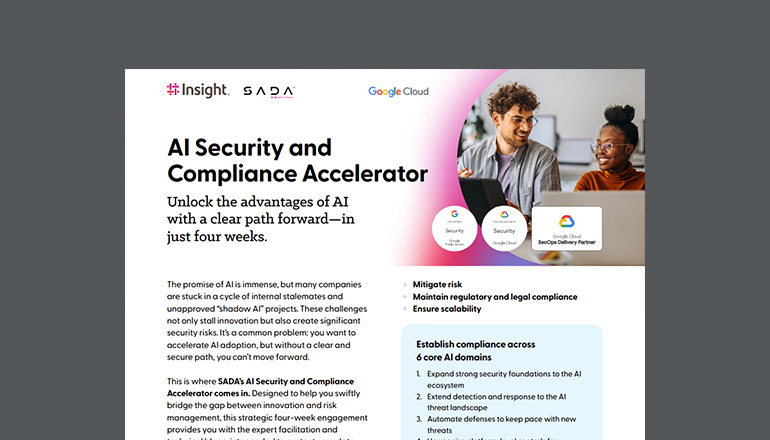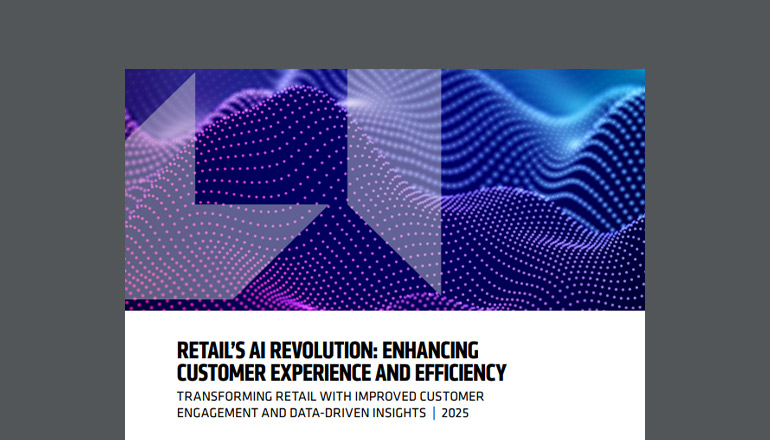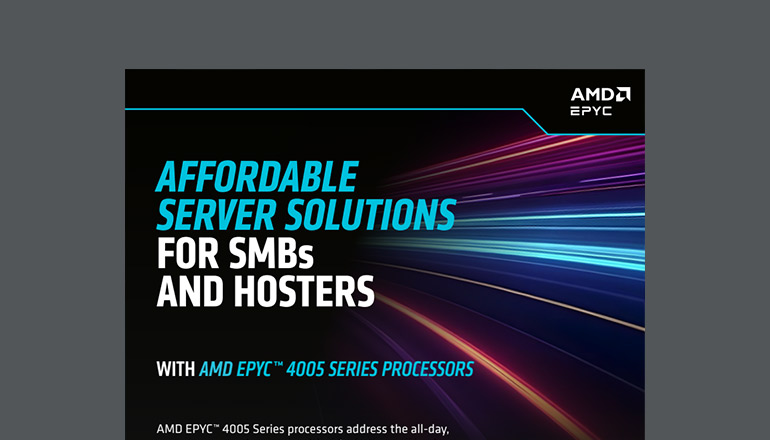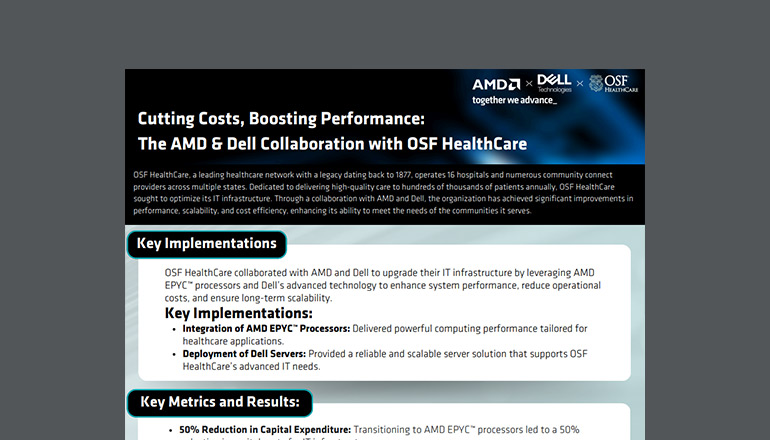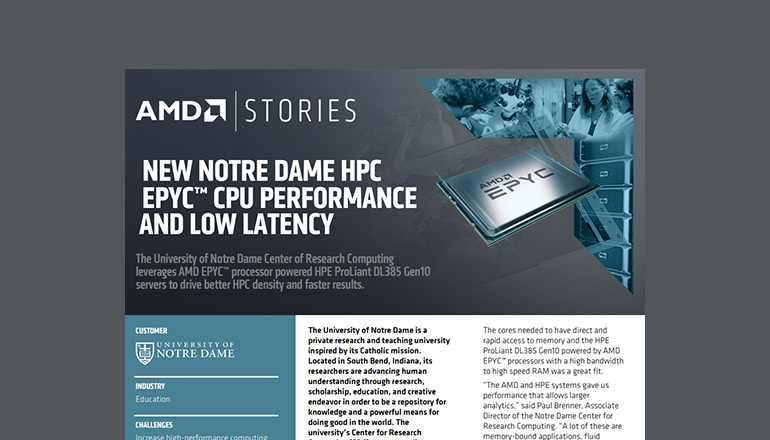Infographic text included for screen readers:
The power of AI-enabled apps
What are AI-enabled apps?
Applications where a user can interface with AI are AI-enabled apps. Traditionally when we talk about AI, we are referring to static models or technology that is coordinated and interacted with by data scientists. AI-enabled apps bring AI to the fingertips of non-expert end users for a myriad of use cases.
AI-enabled apps are the latest game changer for organizations looking to serve customers better, improve operations and/or capture competitive advantage. This framework can transform the operations of businesses from improving patient care by healthcare organizations to faster, safer production from a manufacturer.
Enabling your app landscape
To build successful AI-enabled applications, there are three major considerations: modern application, the data estate, and the AI stack architecture. When these components work in harmony, organizations can deploy powerful AI-enabled applications.
The considerations for modern applications
Development frameworks: Which development framework makes sense for the goals of this app?
Application architecture approach: Which infrastructure is needed for this application to be set up for success?
Platform architecture: How can we ensure the platform is suited for this use case?
Ops: How will applications be managed and optimized after initial deployment?
Considerations for data estate
Data storage: What storage is suitable for the type and volume of data?
Governance and Ops: How will the data be managed, maintained, and secured?
Data services: How can we make the data more available and resilient?
Business intelligence, AI, ML: How can we leverage the data for powerful insights?
Components of AI stack architecture
- Compute
- Cloud
- AI architecture
- AI platforms, frameworks and algorithms
- Foundational models and fine-tuning
- Gen AIOps
- AI services
- UX
- Security
AI-enabled apps in the real world
Imagine a healthcare company develops a data model for patients with a particular condition and an AI-enabled application for providers to use. A doctor could enter a patient’s symptoms and previous health data and then receive recommendations for their treatment plan. Patients would receive more personalized care and improved experience.
Empower AI and apps at your org.
Leverage expert support throughout the journey, no matter where you start.

